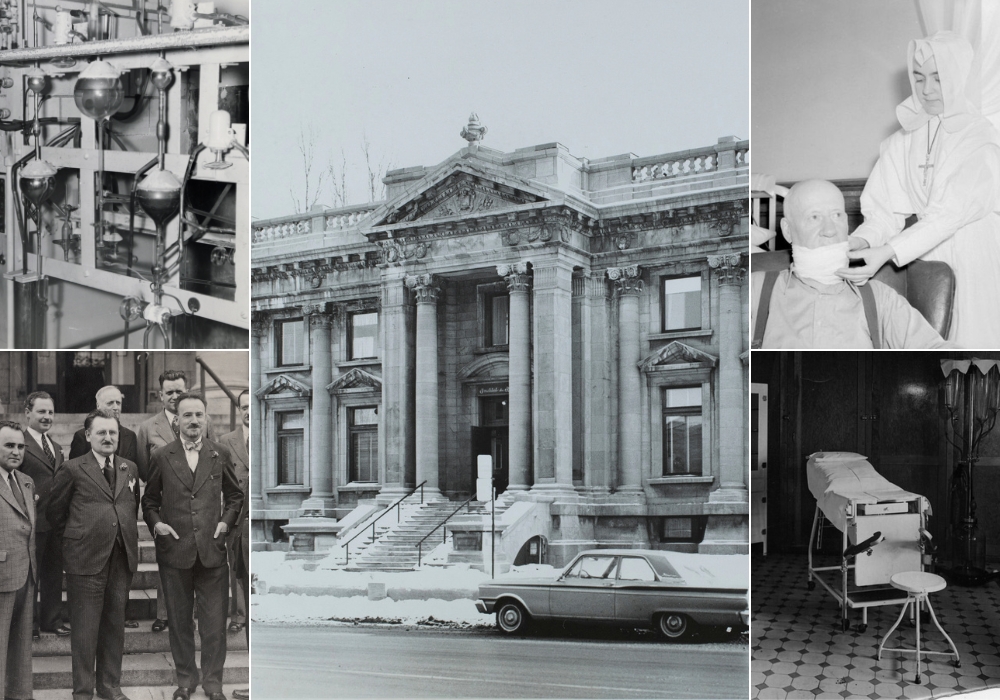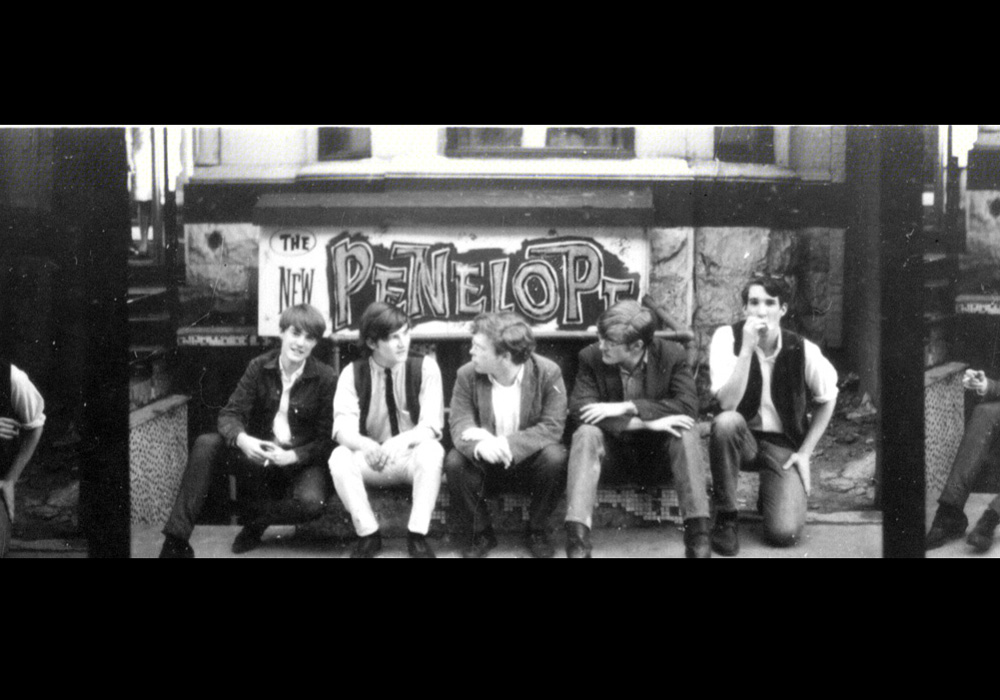Nova Scotia’s, Pictou County, and in particular, the Town of Pictou, boasts some the finest examples of Scottish nineteenth century architectural heritage to be found in North America. This is particularly evident in the case of the sandstone houses. It is the stonework of the Scottish masons that truly charms and awes first time visitors.
The tradition of building in this material and style leads all the way back to the ‘Old County’ and that fertile time of growth and change called the “Scottish Enlightenment”. The Enlightenment produced many great innovations in science, politics, philosophy, economics and architecture. The most famous Scottish Enlightenment architect was Robert Adam (an early proponent of the Neo-classical style in Great Briton) but, it was in the hands of the more humble mason/architects that the domestic style took shape in Scotland.
Throughout the early and mid-nineteenth century, Pictou was a major emigration port and settlement area for waves of predominantly Highland Scots. They brought many skills with them, not least of which was masonry. In the 1838 Pictou County census there are 21 “heads of household” who list their primary occupation as “Mason”. Not only did they bring the skills and traditions, but they found the necessary raw material; fine workable sandstone, in abundance. Soon they began to recreate the familiar domestic landscape of the homeland in both the town and countryside.


